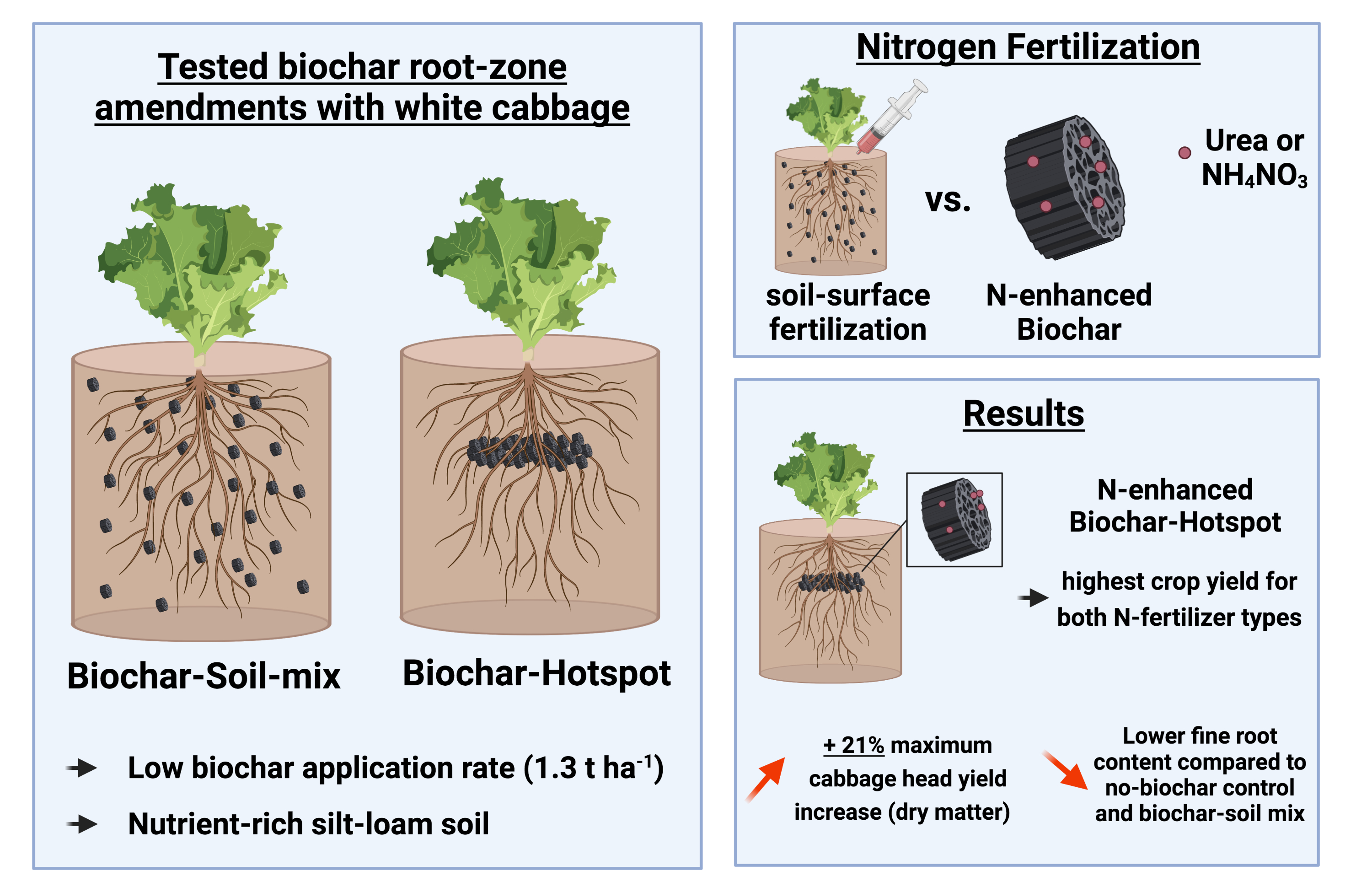How To Amend Sandy Soil With Clay For Better Plant Growth
Sandy soil is low in organic matter and nutrients, and it drains quickly. This can make it difficult for plants to get the water and nutrients they need to grow. However, there are ways to amend sandy soil with clay to improve its structure and fertility.
Clay is a fine-grained mineral that helps to hold water and nutrients in the soil. When added to sandy soil, clay can help to improve drainage, aeration, and water retention. This can make it easier for plants to get the water and nutrients they need to grow.
There are a few different ways to amend sandy soil with clay. One way is to add bentonite clay. Bentonite clay is a type of clay that expands when it comes into contact with water. This helps to improve drainage and aeration in sandy soil.
Another way to amend sandy soil with clay is to add compost. Compost is a rich source of organic matter, which helps to improve the structure of sandy soil. It also helps to retain water and nutrients, making it easier for plants to get what they need.
To amend sandy soil with clay, you will need to mix the clay or compost into the soil. The amount of clay or compost you need to add will depend on the sandyness of your soil. A good rule of thumb is to add 1 part clay or compost to 3 parts sandy soil.
Once you have mixed the clay or compost into the soil, you will need to water the area thoroughly. This will help the clay or compost to break down and become incorporated into the soil.
Amending sandy soil with clay can take some time, but it is worth it. By improving the structure and fertility of your sandy soil, you can help your plants to grow healthier and stronger.
Here are some additional tips for amending sandy soil with clay:
- Test your soil before you start. This will help you to determine how much clay or compost you need to add.
- Add the clay or compost in the fall or early spring. This will give the clay or compost time to break down before the growing season.
- Water the area thoroughly after you have added the clay or compost.
- Mulch around your plants. This will help to retain moisture and keep the soil cool.
With a little care and attention, you can improve the structure and fertility of your sandy soil and help your plants to grow healthier and stronger.
FAQ of amending sandy soil with clay
Q: Why is it important to amend sandy soil with clay?
A: Sandy soil is very loose and drains quickly, which can make it difficult for plants to get the water and nutrients they need. Adding clay to sandy soil helps to bind the sand particles together, making the soil more water- and nutrient-holding. This can improve the growth and health of plants that are grown in sandy soil.
Q: What are the best ways to amend sandy soil with clay?
A: There are a few different ways to amend sandy soil with clay. One way is to add compost or manure to the soil. Compost and manure are both high in organic matter, which helps to bind the sand particles together. Another way to amend sandy soil with clay is to add bentonite clay. Bentonite clay is a type of clay that is very absorbent, and it can help to hold water and nutrients in the soil.
Q: How much clay should I add to sandy soil?
A: The amount of clay you need to add to sandy soil will vary depending on the texture of your soil and the type of plants you want to grow. However, a good rule of thumb is to add about 10% clay to sandy soil.
Q: How long does it take to amend sandy soil with clay?
A: It can take several months or even years for the clay to fully break down and improve the texture of the soil. However, you should start to see some improvement in the drainage and water-holding capacity of the soil within a few weeks of adding the clay.
Q: What plants do well in sandy soil that has been amended with clay?
A: There are a variety of plants that do well in sandy soil that has been amended with clay. Some good examples include tomatoes, peppers, cucumbers, squash, and melons. These plants all need well-drained soil, and the clay will help to improve the drainage of the soil while also providing them with the water and nutrients they need.
Image of amending sandy soil with clay
- Image of a shovelful of sandy soil.
- Image of a bag of clay amendment.

- Image of someone mixing clay amendment into sandy soil.

- Image of a plant growing in amended sandy soil.

- Image of a close-up of the roots of a plant growing in amended sandy soil.

- Image of a soil test kit.

- Image of someone taking a soil sample.

- Image of a chart showing the results of a soil test.

- Image of a garden hose being used to water amended sandy soil.

- Image of a happy gardener standing in their garden.

Post a Comment for "How To Amend Sandy Soil With Clay For Better Plant Growth"